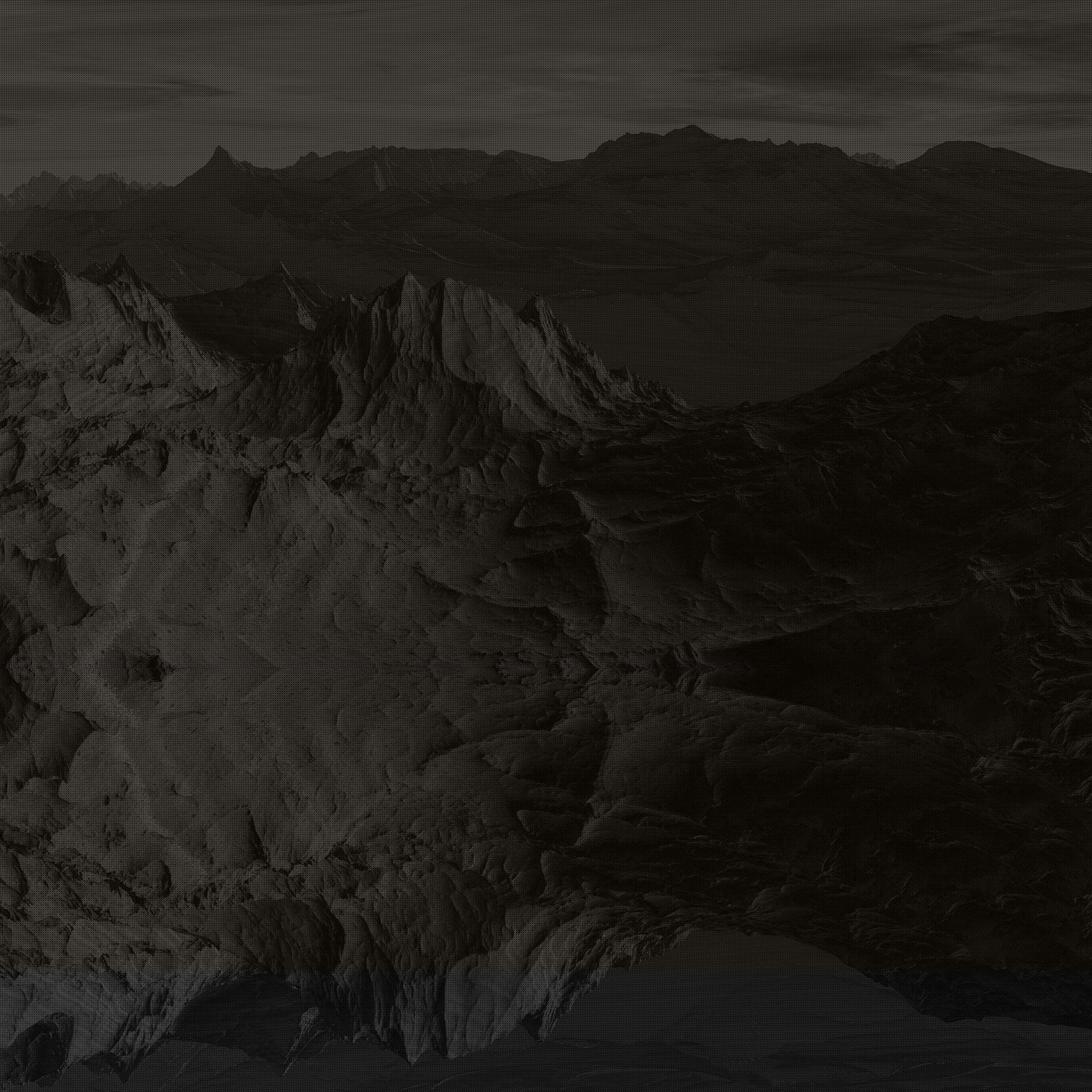Suspiria Review
- Simret C-i
- Oct 19, 2018
- 4 min read
Pointless. Random. Long-winded. Stunningly-grotesque. Savage. Hypnotic. Awesomely macabre.
Just a few adjectives to describe Luca Guadagnino’s reimagining of Suspiria, although reimagining is still too kind a statement in comparison to the original Suspiria film since it doesn’t feel representative of Dario Argento’s masterpiece. The film appears like an entirely different film with nuances of the original which seem more prevalent in style towards the finale.

Set in Berlin in 1977, Susie (Dakota Johnson) leaves her home town in the US, Ohio for an audition at the famed Helena Markos Dance School. Immediately we can tell that Susie has high aspirations for herself and to gain the attention of company director Madame Blanc (Tilda Swinton) who she modelled herself upon and studied the works of throughout her childhood. It appears from the outset that despite the early tantrums and hushed behaviours of her classmates, including an outburst by a fellow student who screams ‘Witches!’ Susie wants to become the ‘hands’ of the school faculty, pushing aside any prattle gasped and echoed upon the walls, and along the hallways of the academy. The House of Markos does have its apparent redeeming qualities, the ‘mothers,’ who support and look out for the girls, bed, board and nights out on the town. It’s a situation that pays not to rebel but to align yourself with the matriarchy of the academy. But this is where things become a little sketchy. With all the inclusivity the Mother’s boast of, they have an ulterior motive where manipulation overrules their romantic vision of togetherness and looking out for each other. One that shows that they really don’t give two frogs about the girls under their charge…even if they do what they want. The Markos Mothers are evil and although Blanc, who at first appears stern and unapproachable, her maternal (borderline lesbianistic) and loving instincts are far stronger than the rest of the Mothers. There is not a lot of romanticism in this coven. They’re wicked, wicked witches!

One of the best examples of this manipulation takes form during the preparations for Blanc’s highly esteemed and focused dance named the Volk. Precise moves, timings, thrusts, aggressions, air-slices and other contemporary dance moves show just how affective this dance is. It’s a weapon of death with its mystically violent and lurid spell, literally bone-crushing one of the dancers leaving her in a putrefied tangled mess. As in the original a psychologist named Dr. Klemperer (also played by Tilda Swinton) features and stumbles across a diary of a missing dancer and former patient called Patricia where he learns of the coven and the particular rituals taking place in Markos. His beliefs are tested with proof far beyond Jungian analysis and theoretical justification. Blanc and the mothers realise that they have more at stake, the Volk must be done, and a crescendo of insane visual exploitation commences.

Yes, Guadagnino has anally birthed a sprawling work of art, heavily reliant on its incredible dreamlike and kitsch art direction, somniferous cinematography accompanied with dreary pointless scenes and a RAF/ Baader-Meinhof Group terrorism subtext that didn’t really add any real foreshadowing or profound meaning to the general plot.
Although the film is split into acts with clear text describing so, each act felt as if it were written years apart from each other. The pacing and consistency is odd. This wouldn’t matter if the film didn’t begin as structured formulaic screenplay. However, by the mid-section of the second act, the tale becomes loose and more focused on arthouse filmic conventions which doesn’t match what the film appeared to be in the beginning. In this case audiences might be confused as to what type of film it’s meant to be, and cheated by the time wasted in getting to the heart of the story.
Tilda Swinton’s performance does appear fairly sparse of her marvellous capabilities, as often she was speechless, and her performance reliant on the dramatic and often pretentious slow tracking shots towards her nonchalant expressions. The emphasis of the dramatic impact through the lack of dialogue in these scenes did the opposite with a contrived abundance of space and time spent staring profoundly resulting in an insignificance of narrative motivation within the scene.

The finale is impressive, and Argento fans can be assured that there’s some payoff in Guadagnino’s homage.
A rich colour palette of browns, greens and warm dewy hues in the look of this film is delicious but not reflective of the pumping neon reds, greens and prominent primary colours seen in Argento’s classic. The fetishistic wardrobe, laden with notions of bondage and shibari inspiration for the dancer’s Volk performance are brilliantly juxtaposed against the delicate feminine form of the dancers. Bodies aren’t sexualised, but are yet portrayed in a light of admiration and liberation. This is further contrasted by the end, where a blood-bath of witchcraft misdemeanour bares lesions of chaos, revelation and redemption. The hellish tyranny reminds me much of Hellraiser, We Are the Flesh, Baskin and most recently a spectacular ritual scene in indie horror film Luciferina. In the ritualistic sense, Guadagnino’s film stands well against other films of faustian-tastic offerings such as The Devil Rides Out, Haxan, Faust, A Dark Song and most recently Ari Aster’s Hereditary.
I might see this film again but it’d be purely for artistic reasons rather than the story. There was something missing amongst the film’s beauty in that the connection between the women appeared staged, perhaps overdone and unnatural. This felt like a weakness of Guadagnino’s, and it even crossed my mind about how it would have been if a woman had directed this film.

Comentarios